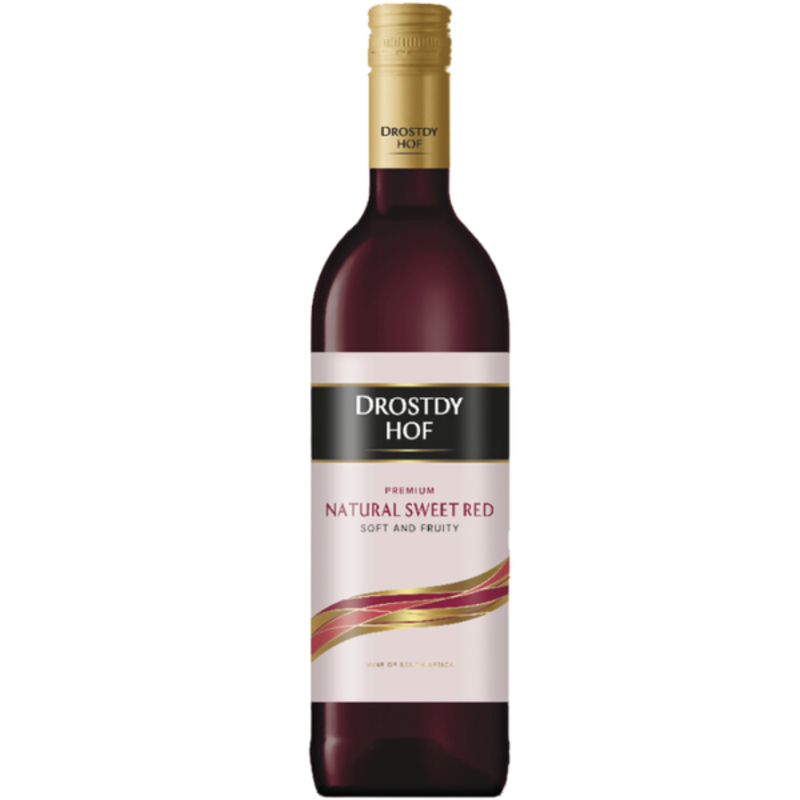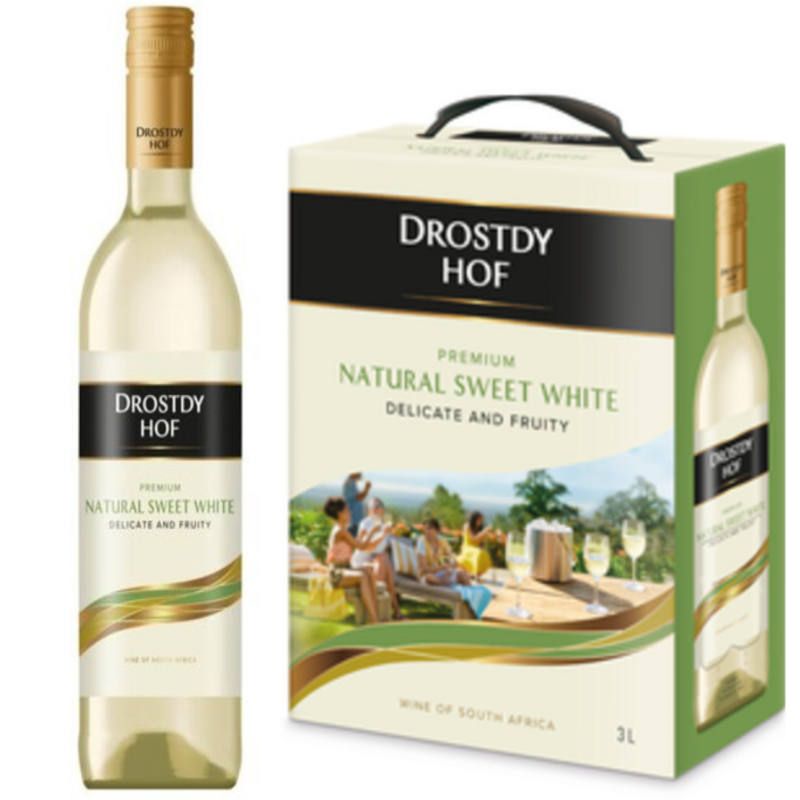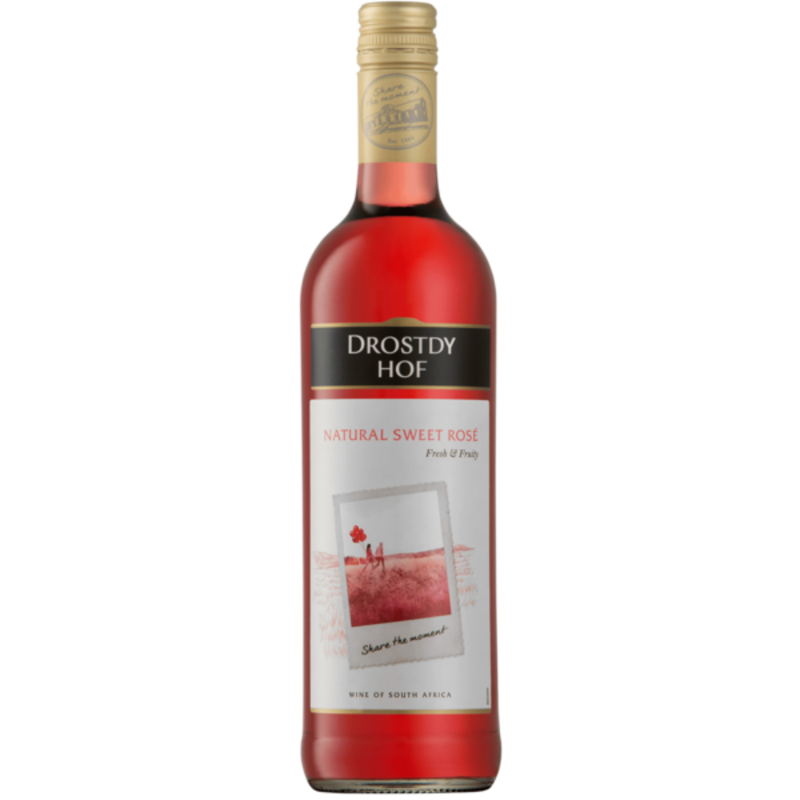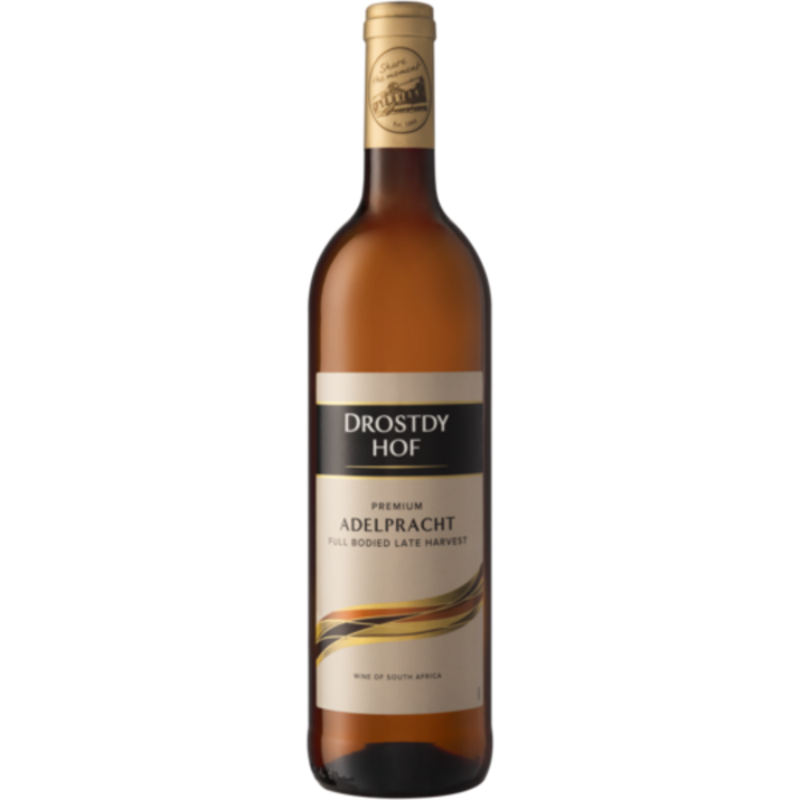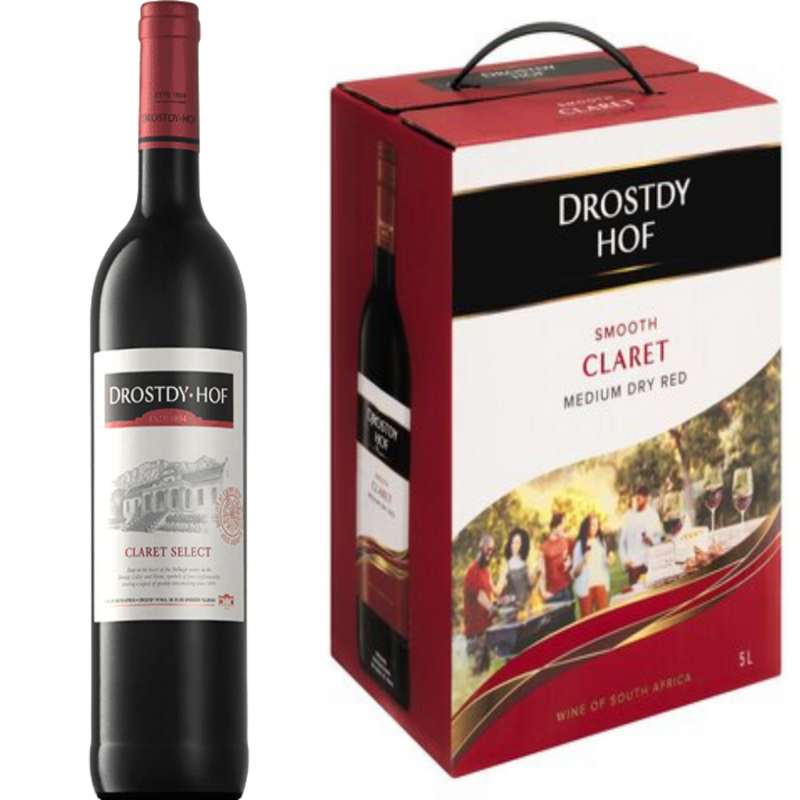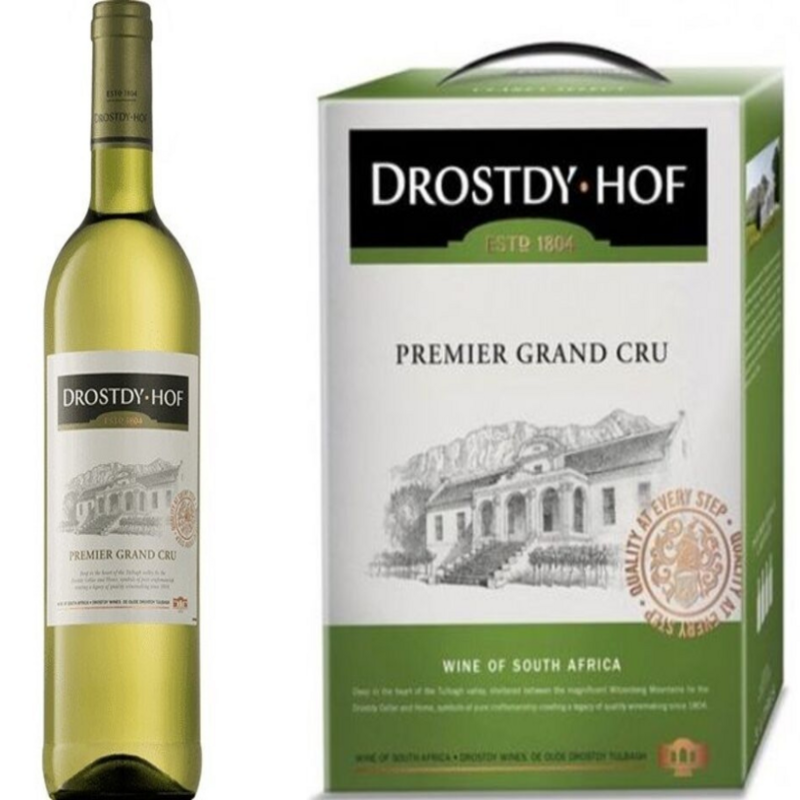Join the 10,000+ women who receive our best discounts, new videos, makeup tips, and skin care ideas every week.
Enter your email to join the Club now!

Membership Benefits
Lorem ipsum dolor sit amet, consectetur adipiscing elit. Ut rutrum, nunc ac vulputate tincidunt, nunc mi tristique libero, eget sagittis enim urna sed leo. Mauris in accumsan velit. Nulla sed auctor mauris, a ultrices lacus. Ut mattis quis sem vitae molestie.
Duis quis sollicitudin metus. Etiam cursus orci vitae imperdiet convallis. Sed egestas imperdiet nibh ut congue. Fusce at libero tempor, varius velit vitae, fringilla quam. Maecenas sagittis eros non accumsan pharetra.
See What People Are Saying
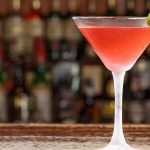
The Cosmopolitan cocktail is a beautiful reddish-pink gem of a drink. It features vodka with fruit juice and Cointreau and lime.
Ingredients
-
Crushed ice, to serve
-
2 shots (60ml) of vodka
-
1 shot (30ml) Cointreau
-
1 tsp lime juice
-
1/2 cup (125ml) cranberry juice
How To Make
Step 1: Place ice in a martini glass.
Step 2: Add the measured vodka, Cointreau, lime juice and cranberry juice into a shaker
Step 3: Shake vodka, Cointreau, lime and cranberry juice in a cocktail shaker to combine.
Step 4: Strain into the prepared glass, then serve immediately.
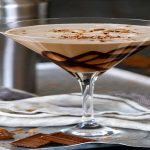
The Baileys Chocolate Martini is a luxurious and dessert-like drink, perfect for those who enjoy a sweet cocktail. It’s often served in a chilled martini glass, garnished with chocolate syrup for an extra touch of elegance.
Baileys Chocolate Martini ingredients:
- 30 ml Baileys Irish Cream
- 30 ml vodka
- 30 ml chocolate liqueur
- Chocolate syrup (for garnish)
How to make
Step 1: Drizzle chocolate syrup inside a martini glass.
Step 2: In a shaker filled with ice, combine Baileys, vodka, and chocolate liqueur.
Step 3: Shake well and strain into the prepared martini glass. Enjoy!
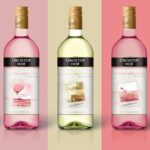
Now Available at Jays Wines!
Shop the full Drostdy-Hof collection: sweet reds, sweet whites,sweet rosés, and dry classics in all sizes. Whether you’re restocking your bar, planning a celebration, or just want something new to sip, place your order today for fast delivery anywhere in Nairobi.
Introduction
You know that wine; that you keep for “special occasions” that never comes? It’s time to let it go. Life’s too short for boring wine, whether you’re catching up with friends, hosting family, chilling solo, or just celebrating making it through Monday. Drostdy-Hof is here to upgrade your sipping game.
At Jays Wines, we’re excited to welcome new additions to our Drostdy-Hof collection. Trust us, these are wines you’ll want to try.
Whether you’re a fan of sweet wines, love a bold red, prefer a crisp white, or enjoy a refreshing rosé, there’s a new Drostdy for every occasion. These wines come from the heart of South Africa’s Cape Winelands, where tradition meets flavour, and they’ve built a loyal following over the years thanks to their easy-drinking style and great value.
What’s New in Store?
We’ve just stocked up on the following sweet Drostdy-Hof selections:
1. Drostdy-Hof Red Sweet
Available in 750ml
A smooth and mellow red wine with ripe berry aromas, think strawberries, cherries, and soft plums. It has a soft, medium body with a sweet finish that makes it perfect for relaxed dinners, nyama choma gatherings, or even enjoying slightly chilled on a warm evening.
👉 Shop now
2. Drostdy-Hof White Sweet
Available in a 750ml bottle and 3L cask.
Crisp and fruity with aromas of pear, apple, and a touch of peach. On the palate, it delivers a refreshing sweetness and a hint of floral undertones. This white wine is ideal for pairing with light meals, garden salads, grilled fish, or simply sipping on its own when you want something easy and delightful.
👉 Shop now
3. Drostdy-Hof Rosé Sweet
Available in 750ml
Pretty in pink, this sweet rosé offers fresh notes of strawberry, raspberry, and tropical fruit. It’s light, refreshing, and well-balanced, making it perfect for outdoor brunches, girls’ night in, or a picnic treat. Serve it chilled for the best experience.
👉 Shop now
4. Drostdy-Hof Adelpracht Late Harvest
Available in 750ml
A golden delight! This beautifully sweet dessert wine is bursting with notes of apricot, dried fruit, and honey. It’s rich and silky on the tongue, with a lingering finish that pairs beautifully with desserts, cheese platters, or even a spicy curry. Ideal for those special after-dinner moments.
👉 Shop now
Still Loving the Classics? We’ve Got Those Too
Alongside the new sweet arrivals, we also stock your tried-tested-and-true Drostdy-Hof favourites:
5. Drostdy-Hof Dry Red
A well-structured, medium-bodied red wine with hints of ripe berries, plum, and soft tannins. Smooth and food-friendly, it pairs wonderfully with grilled meats, hearty stews, or a cheese platter. A great choice for everyday dining or when hosting friends.
6. Drostdy-Hof Dry White
A crisp, refreshing dry white wine with lively citrus and tropical fruit notes, think lemon zest, green apple, and a hint of pineapple. It’s a versatile wine that works well with seafood, poultry, or light vegetarian dishes, especially when served cold.
These dry options are perfect for those who enjoy a more refined, less sweet wine experience, and they come in sizes that suit both casual sipping and party hosting.
Conclusion
Ready to try something extraordinary?
The Drostdy-Hof wine collection is available in a variety of styles and sizes, from 750ml, 3L to 5L. Whether you prefer sweet reds, crisp whites, refreshing rosés, or classic dry selections. Visit our website at jayswines.com or stop by our store to explore the full range. These South African favourites are perfect for relaxing evenings, celebrations, or gifting someone special. Don’t miss your chance to enjoy quality wine at unbeatable value. Visit us today, raise a glass to memorable moments, and discover your next favourite bottle with Drostdy-Hof.
How to Order from Us
Introducing our latest collection, Drostdy-Hof Wines, perfect for your festive celebrations and everyday enjoyment.
Elevate your gatherings with our premium wine selection. Whether you’re looking for sweet reds, crisp whites, refreshing rosés, or dry classics, we’ve got you covered.
Place your order with us, and we’ll promptly deliver to your doorstep.
Alternatively, call or WhatsApp us at 0705570066 for inquiries or to place a direct order.
We are located along Biashara Street and Accra Road within Nairobi’s CBD.
By Lilian Njenga: Digital Marketer
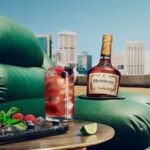
The Hennessy VS Berry Mojito is a vibrant and fruity twist on the classic mojito. Combining the rich, smooth flavour of Hennessy VS with the tartness of fresh berries, the refreshing kick of mint, and the tang of lime juice, this cocktail is perfectly balanced and refreshing.
Hennessy VS Berry Mojito Ingredients
- 40ml Hennessy VS
- 15ml fresh lime juice
- 5 Berries and Mint
- 15ml Simple Syrup
- 1 Garnish with Mint Spring & Fresh Berries.
How To Make
Step 1: Muddle fruit, mint and simple syrup in a mixing tin.
Step 2: Add remaining ingredients and ice to tin and shake.
Step 3: Double strain into a collins glass filled with ice.
Step 4: Garnish with mint sprig and fresh berries.
Enjoy!


